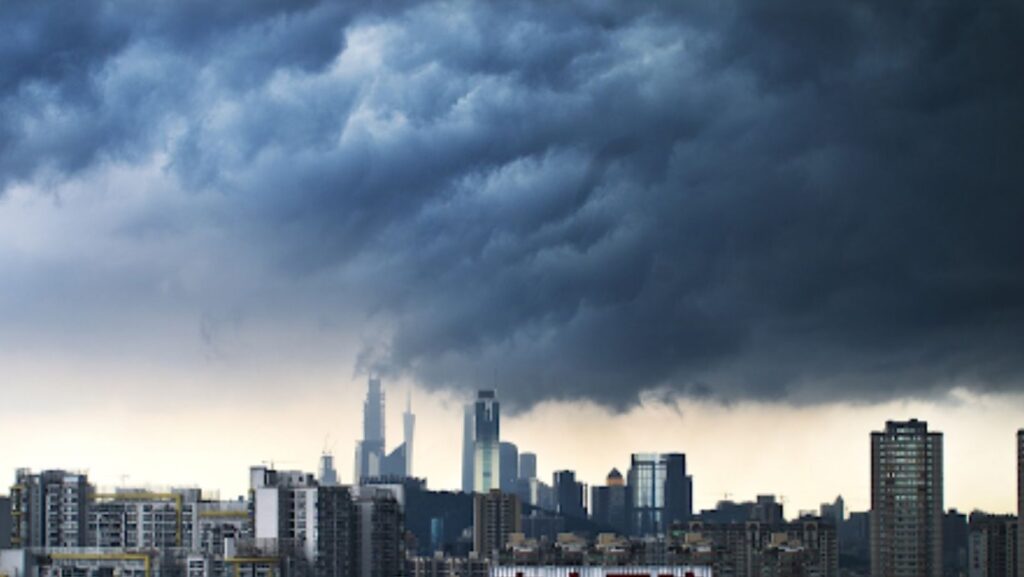Severe weather can devastate your home, and in these situations, your roof bears a major part of the damage. Knowing how different weather events can affect your roof is essential for taking preventative measures and ensuring its safety. Below, we will explore how various weather conditions can affect your roof and how you can protect it. Let’s begin.
Ultraviolet Exposure
Continuous exposure to intense rays from the sun can gradually damage your shingles. Intense heat can cause your shingles to blister, crack, or curl. On the other hand, UV rays can break the shingle material, causing premature aging. To prevent this continuous damage, experts advise homeowners to use light-colored or reflective roofing materials capable of absorbing heat. Additionally, proper attic ventilation also helps dissipate heat and lowers roof strain.
Heavy Rains
Prolonged and heavy rains can result in water infiltrating your roof if there are improper drainage, damaged shingles or weak spots. With time, this often results in structural damage, mold growth, and leaks.
To protect your roof from the negative effects of heavy rain, consider keeping your downspout and gutters clean for proper drainage, conduct inspections from experts such as Florida roofing company and repair any single or shingle damage. Lastly, consider applying waterproof sealants to your roof as an extra protection.
Strong Winds
Strong winds usually accompanied with hurricanes or storms can cause damage to your roof. These powerful winds can remove shingles, dislodge, or even tear off the whole roof. For protection, consider frequent roof inspections to secure loose shingles and reinforce any vulnerable areas, such as ridge caps, corners, and roof edges. You can also opt for impact-resistant shingles to withstand high winds.
Hailstorm
Hailstorm damages your roof by dislodging, cracking, or denting the shingles. Usually, the damage severity depends on the speed and size of the hailstones and also your roof material. To protect your roof from hailstorms, if you live in areas prone to hail, opt for impact-resistant roofing materials. Always inspect your roof after a hail storm and repair any sign of damage quickly to stop leaks. You should consider installing protective barriers like hail guards over vents and skylights.
Ice And Snow
Individuals who live in regions with cold winters must take measures to prevent the damages caused by the accumulation of snow and ice. Snow weight usually places a lot of stress on your roof structure. This leads to collapse or structural issues.
The freezing and thawing cycle of ice also causes ice damage along your roof edges, which leads to water infiltration. To protect your roof, you will need proper ventilation and insulation in your attic to prevent ice dams. Additionally, removing snow with caution can also reduce the risk of structural damage.
Tornadoes
Tornadoes and hurricanes usually combine flying debris, heavy rain, and strong winds to cause significant damage to your roof. Most times, without preventive measures, your whole roof structure can be affected and the shingles torn off. Consider installing hurricane clips or straps to reinforce the roof’s connection to the house structure. Be sure to secure or remove loose items around your home that can become projectiles.
Endnote
While the roof is robust and sturdy, it can be vulnerable to extreme weather, such as high winds, heavy rains, and the sun’s rays. To ensure your roof remains in its best condition, consider frequent maintenance, timely repairs, and choosing the right materials to help reduce risks and keep your roof in good shape.




More Stories
Tiny Invaders, Big Problems: Why Pest Control Matters More Than You Think
How Outdoor Lighting Enhances Security and Aesthetic Appeal
The 5 Signs You Need Mold Removal in Toronto